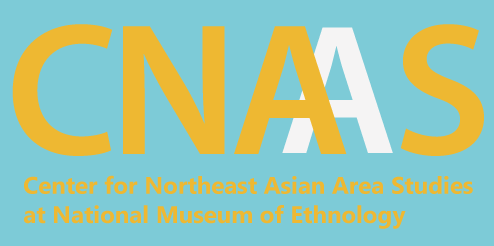![[image]](../../images/member_matsugi.jpg)
- MATSUGI Takehiko
- National Museum of Japanese History
- Professor
- I have been working to place mounded tombs of the Japanese archipelago in human history. Why did huge burial mounds develop conspicuously in this archipelago from the third to the sixth centuries together with a political ideology centered on them? A key to its elucidation is to grasp the mechanism of the phenomena in which giant burial mounds were built widely and almost simultaneously all around Northeastern Asia. In relation to this, I have been engaged, in collaboration with Associate Professor TAKATA Kanta, a colleague of mine at the National Museum of Japanese History, in detailed reviews of the pit stone tomb of “Gaya origin” that I had surveyed in my previous office at Okayama University as well as research to seek the prototype in the Korean Peninsula.
In this project, my plan is to widen my horizons further and draw a specific picture of the process of the beginning, development, differentiation, and decline of ancient huge burial mounds in Northeast Asia including China.

![[image]](../../images/member_matsugi.jpg)